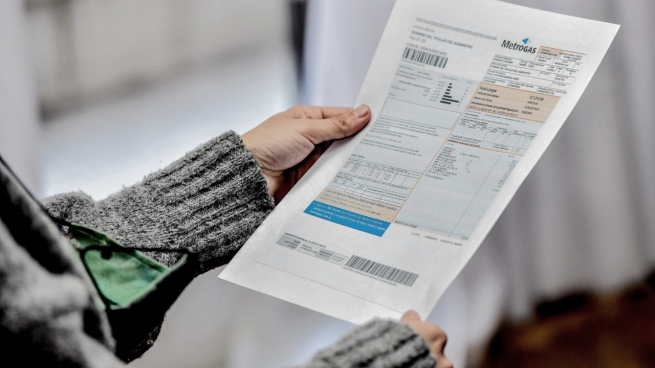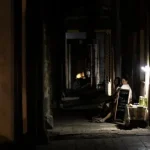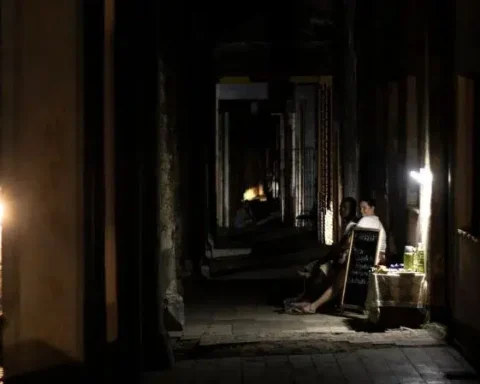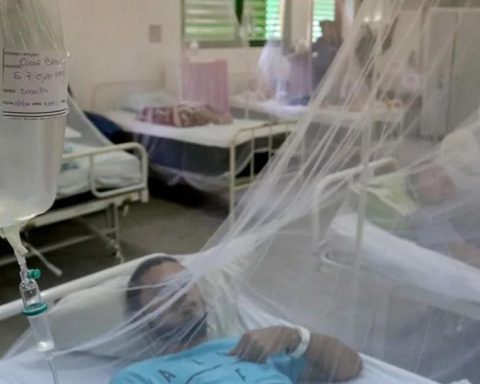The new segmentation scheme for gas and electricity services formally begins to be implemented this Thursday with nine million users of middle and lower incomes who signed up for the registry enabled since July 15while the eventual incorporation to the benefit for certain educational, religious, sports and social entities is analyzed.
In this way, Around 5.9 million users who did not register for the Registry of Access to Energy Subsidies (RASE) -due to a variety of circumstances or because they did it but their income corresponds to a higher level- they will start paying full rate in a bimonthly reduction process.
Sources from the Secretary of Energy of the Nation indicated that the implementation in each of the gas and electricity distributors may be reflected in the next ten days, as the respective provincial regulatory entities communicate the new rate tables to be applied and the list of beneficiaries.
The data crosses
This month it is also expected that the cross-checking of the information that users uploaded in the RASE with the data available in the National Tax and Social Identification System and the Federal Administration of Public Revenues can begin.
The data crossings will also allow updating the inclusion parameters and the changes in the particular situations of each user and family group..
From August 1, the date on which the RASE was opened for new registrations or modification of the information provided, the cancellation of 25,000 users who initially registered and then gave up applying for the subsidy was received.
The increases -due to the cut in subsidies- will only be applied to Level 1 users, higher incomeand those who have not completed the form.
Meanwhile, the Level 2with lower incomes, which has 6.5 million subscribers as of Wednesday, and the Level 3 -of medium income, with 2.5 million subscribers-, this year they will not have any modification regarding the rate they are paying.
Within the framework of this segmentation, the Ministry of Energy published on Tuesday the new prices of the Wholesale Electricity Market (MEM) for level 1 or higher income, as a preliminary step to the dissemination of the new tariff table for the September-October two-month period.
When will the impact on billing be seen?
In the Secretariat led by Flavia Royon, it is estimated that the impact on billing will begin to be reflected in mid-October, and by then with lower household consumption due to a more temperate climate and a seasonal reduction of the price of energy, the initial impact could be moderated.
Within this universe, it is estimated that there are users who did not register in the RASE but who are in a position to maintain their subsidies, for which the Ministry of Energy and the regulatory entities will carry out “work on the ground” to be able to identify them and give the possibility to join the scheme.

In pesos, a Level 1 user of the Buenos Aires Metropolitan Area (AMBA) with consumption of up to 100 kWh, to which the R1 category corresponds, who in August pays a bill of $650, with the reduction of subsidies will pay around $1,000
In the case of the R2 category -which brings together 44% of users with consumption of up to 250 kWh- that until today paid bills of up to $1,600 pesos, it will now pay $2,450.
While at the maximum end, users in the R9 category -with consumption of up to 1,401 kWh per month- will pay $19,000 against the $14,000 they currently pay.
In the cases of beneficiaries of other levels (2 and 3) of subsidies that will not have formal increases, they must pay a full rate if consumption exceeds the monthly limit of 400 kWh.
In other words, in the case of an R5 user of between 401 and 451 kWh of the current $3,200 pesos, they will pay $3,400 pesos, since they will register an increase without subsidies only for the surplus to the fixed limit.
Beyond the residential segment, in the Secretary of Energy they insisted that commercial users will not enter the subsidy segmentation scheme.
The latter sector has already received the update for the seasonal price of energy, which has an impact well below annualized inflation, according to the sources.
The Secretary of Energy will not implement for the moment a differentiation for educational, religious, sports and social entities, understanding that this must be analyzed and eventually requested by the corresponding state entities that comprise them, in order to make an explicit scheme for each area. .
Finally, sources from the portfolio specified that for the commercial and industrial sector which is divided into a dozen categories for general users, SMEs and large customers, it is expected that a user in the G1 category will pay $5,486 with the new rate against the $4,333 paid in August; while a SME user in the T2 category will pay $40,425 against $30,901 in August; and a large user of the T3 category will pay around $171,141 with the new rate against $127,780 in August.


















